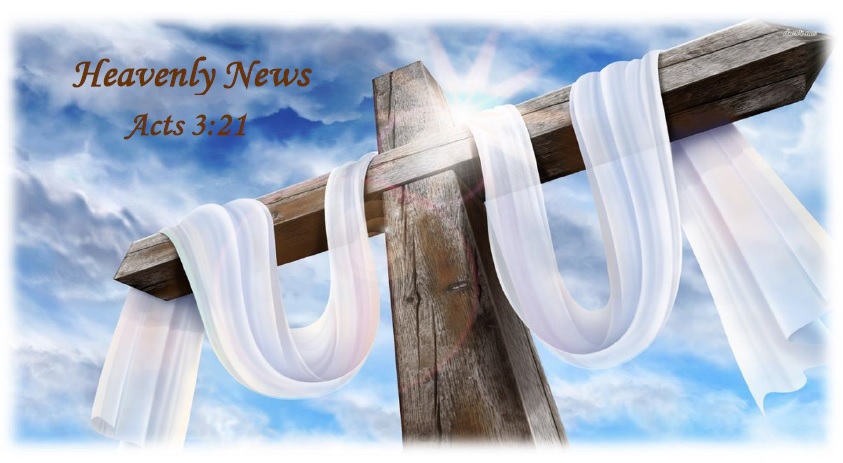Archaeological Discoveries
Pontius Pilate Inscription
In 1961, archaeologists working at the ruins of Caesarea Maritima in Israel found a stone slab bearing the name of Pontius Pilate who was involved in the trial of Jesus. The stone commemorates Pilate’s dedication of a temple to Emperor Tiberius. This is the oldest appearance of Pilate’s name to be found, and it dates to the time of Jesus. Luke 3:1
Caiaphas’s Family Tomb
In 1990, builders accidentally uncovered a first-century AD burial cave south of Jerusalem. Later, archaeologists investigated and found several stone boxes (called ossuaries) that contained human bones. Inside the stone boxes were the bones of two infants, a child, a teenager, a woman, and a man. One box had the name “Caiaphas” on it. The man’s bones may be those of Caiaphas, the priest who brought Jesus to trial. Matt. 26:57; John 18:13–14
Crucifixion Evidence
In 1968, the bones of a young man who had been crucified during New Testament times were found in the Jerusalem area. A seven-inch nail was still embedded in the heel bone. This find shows gruesome evidence of how the Romans crucified people. Luke 23:33
Rolling Stone Tombs
At several places in modern Israel there are examples of the type of tomb in which Jesus’ body was placed. Mostly cut into the sides of hills, each used a large circular stone to cover the entrance. Inside the tomb is a central room, called an antechamber, and as many as six to eight burial shafts. After the bodies decayed, the bones would be removed from each shaft and placed in a covered stone box (called an ossuary) in the central room. The photo shown here was taken from inside the tomb, looking out past the rolling stone and up the steps. Matt. 27:60; 28:2; Mark 15:46; 16:3–4; Luke 24:2
Jesus’ Tomb
Most archaeologists believe that the Church of the Holy Sepulchre, originally built about AD 340, stands over the site of the tomb. Archaeology in and around the church has revealed a rock quarry from the end of the Old Testament era. Tombs had been cut into the quarry wall during the first century AD. Another proposed site for Jesus’ tomb is the Garden Tomb, or “Gordon’s Calvary.” Archaeology in the Garden Tomb area has turned up tombs of the type used during Old Testament times, with some having been reused between AD 400–600. Matt. 27:57–60; Mark 15:45-46; Luke 23:50–53; John 19:38–42

No comments:
Post a Comment